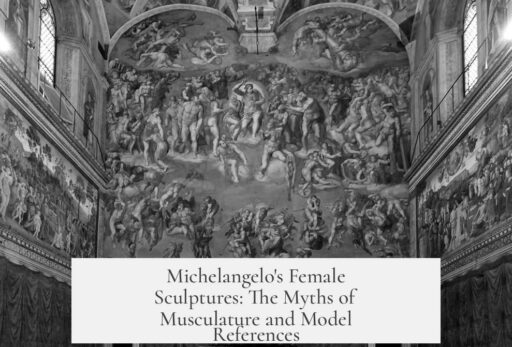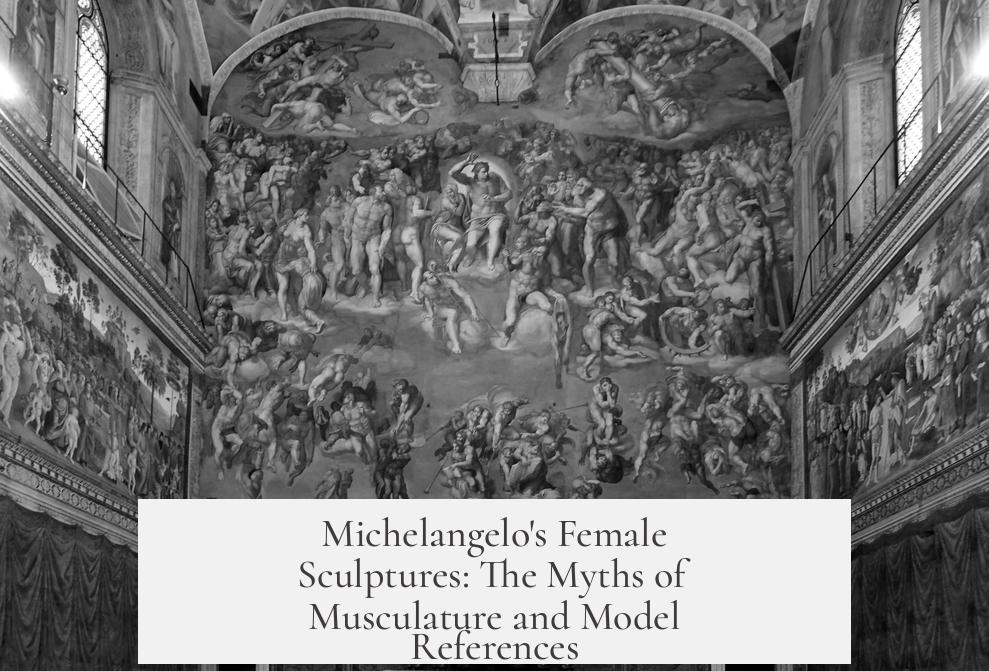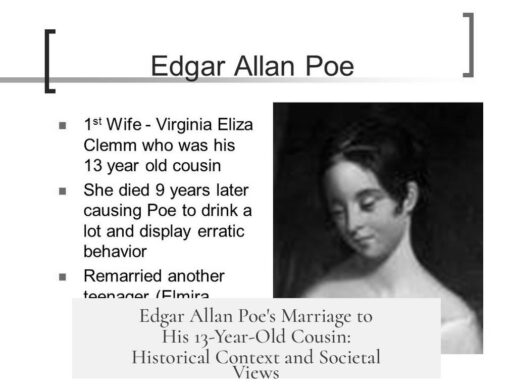Michelangelo’s female sculptures display atypical breasts and musculature not due to a lack of female models but as a deliberate artistic and cultural choice. He possessed the skill to depict realistic female anatomy accurately. His androgynous female forms reflect the tastes and cultural currents of the Renaissance period, not limitations in reference materials.
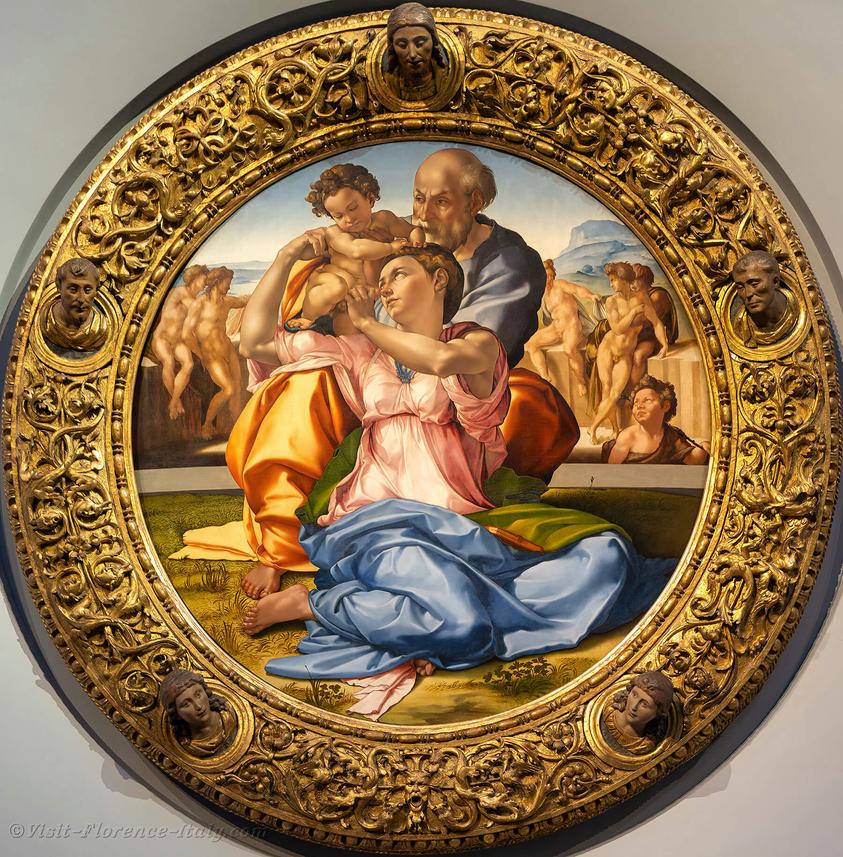
Claims that Michelangelo could not use female models or lacked appropriate reference material are unfounded. He had access to female models and was fully capable of drawing anatomically correct female nudes. The seemingly masculine traits in his female sculptures arise from his conscious decision rather than any skill deficit.
The Renaissance era favored androgyny in art. Patrons and audiences accepted, even preferred, figures blending masculine and feminine features. Women with strong musculature and less emphasized breasts suited contemporary ideals and symbolized complex human qualities. This cultural influence shaped Michelangelo’s sculptural style.
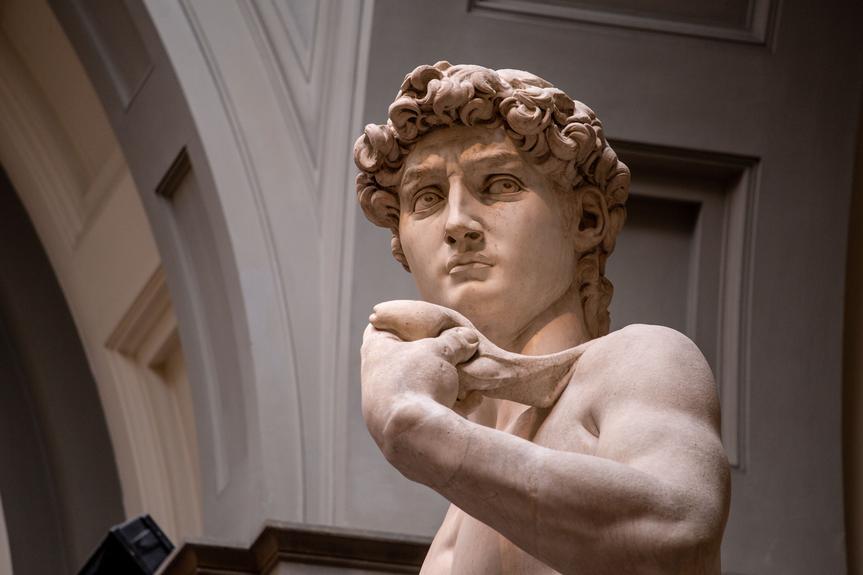
His androgynous depictions are also common across other Renaissance artists. For example, Raphael—known to use female models and leading an openly heterosexual lifestyle—rendered female figures with masculine traits. This undermines explanations linking androgynous female art solely to homosexuality or exclusively to male models.
The popular notion that Michelangelo’s gender identity or access to models limited his art oversimplifies a complex cultural phenomenon. Rather, his sculptures reflect intentional choices motivated by aesthetics, symbolism, and the period’s cultural preferences. His mastery ensured he could represent realistic female anatomy but chose a style that transcended literal representation.
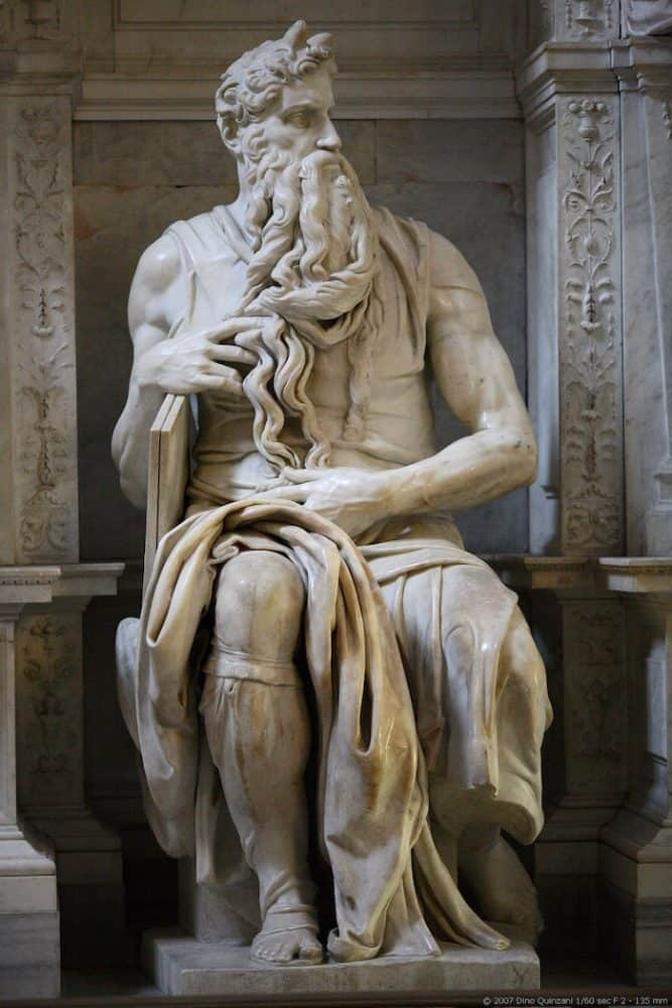
In summary:
- Michelangelo had access to female models and could draw realistic female anatomy.
- Androgynous female forms were popular in Renaissance art and culture.
- Masculine features in female sculptures reflect deliberate stylistic choices, not skill limitations.
- Other artists, like Raphael, depicted similar androgynous females despite using models and having different personal lives.
- Cultural currents, not lack of reference or ability, explain Michelangelo’s depiction of female bodies.
Why Do Michelangelo’s Female Sculptures Look So Muscular and Androgynous? The Truth Behind the Myth
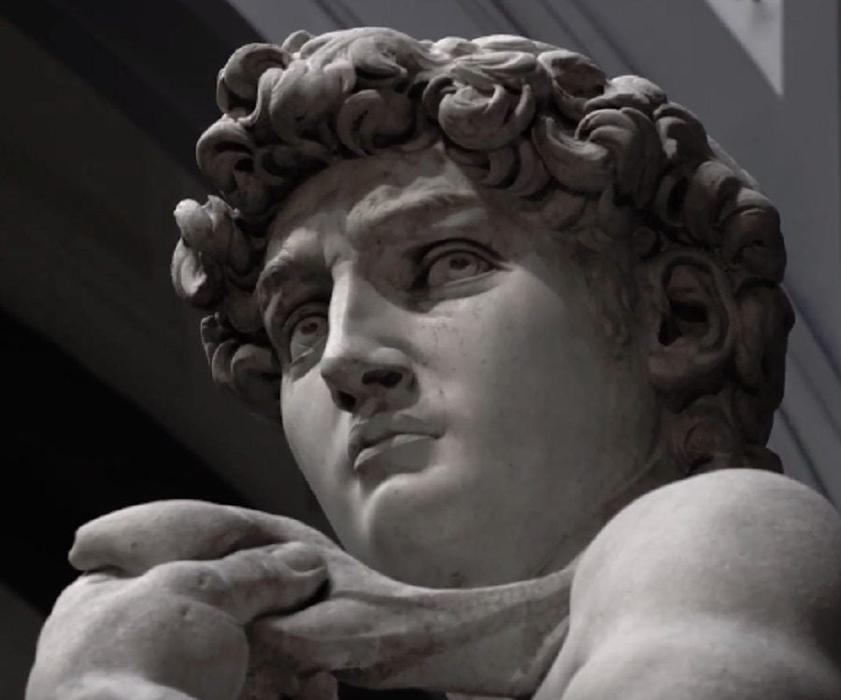
Many people say Michelangelo’s female sculptures have unrealistic breasts and musculature because he could not use female models. Did he not have other reference material available to him at the time? The short answer is no, that’s a misconception. Michelangelo’s “androgynous” female figures were not born of a lack of female models or artistic ability. They were a deliberate and complex choice influenced by the culture, style, and artistic vision of the Renaissance.
Let’s unpack this myth and explore why Michelangelo’s women look the way they do — and why it probably made Renaissance art buyers swoon.
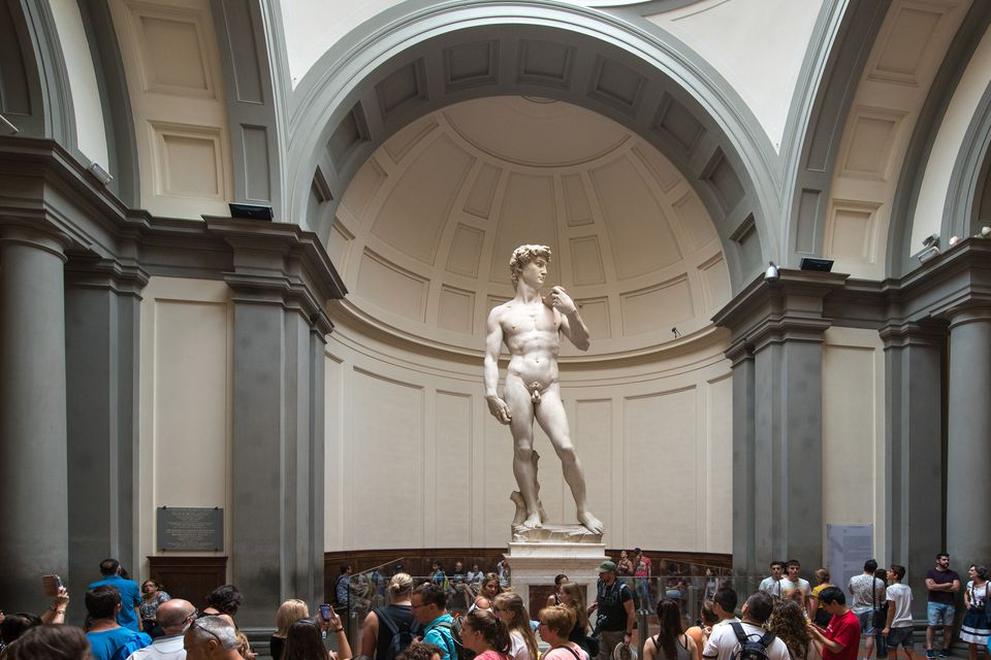
It Wasn’t Because He Had No Female Models
First things first: it’s simply not true that Michelangelo lacked female models. Artists in the Renaissance had access to a variety of reference materials. They used sketches, live models, and anatomical studies. Michelangelo, widely recognized as a master draftsperson, could unquestionably draw the female form realistically when he wanted to.
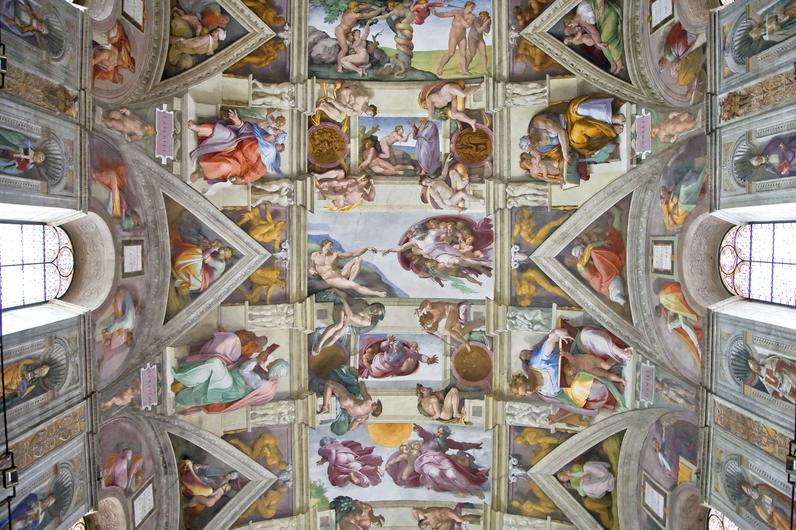
So, the idea that his female sculptures look like muscular men because he couldn’t access female models is more myth than fact. He was fully capable and had resources.
In fact, the androgynous look was purposeful. If some of Michelangelo’s women appear muscular or “boyish,” it’s because he wanted them that way.

The Renaissance Had a Taste for Androgyny
Art doesn’t happen in a vacuum. Every artistic decision reflects the values, trends, and tastes of its time.
During the Renaissance, androgyny was a popular aesthetic. Patrons and artists alike embraced a blurring of gender traits, seeking figures that appeared both masculine and feminine at once.
Yes, you read that right. People liked dudes looking like ladies and ladies looking like dudes — it was a cultural thing.
This androgynous style had deep roots. It was tied to ideals of beauty, virtue, and even spirituality that transcended simple gender distinctions.
Michelangelo’s Skill Was Never in Question
Michelangelo wasn’t limited by his talent or insight. The famous artist could capture human anatomy in staggering detail — male, female, or otherwise.
When he sculpted female figures, he intentionally softened and adapted musculature but retained a strong, heroic form. These women are less about literal biology and more about idealized power and grace.
So, the buff muscles weren’t accidents or misunderstandings. They reflected Michelangelo’s vision of beauty and strength wrapped into one.
Why Not Blame His Sexuality?
Some people jump to the notion that Michelangelo’s sexuality influenced his art — that because he was gay, he favored masculine female forms.
This explanation, while tempting, is too simple and doesn’t hold up under scrutiny. Art is rarely a direct window into an artist’s personal life.
Michelangelo’s gender-blending figures are the result of many factors — cultural, artistic, philosophical. His sexual orientation was not a limit or defining factor in this choice.
Look at Raphael — Proof That It Was a Broader Phenomenon
To prove this was not just Michelangelo’s quirk or a product of his sexuality, consider his contemporary Raphael.
Raphael was famously straight—so much so he reportedly died after too much wild partying with his mistress.
He definitely used female models for his art. Yet, many of his female figures still appear quite masculine compared to modern expectations.
This shows that the muscular or masculine female nude was a stylistic trend, embraced across different artists and sexual orientations.
What Does This Mean for How We View Renaissance Art?
This context changes how we feel about Michelangelo’s female sculptures.
- They are not botched attempts at realism but deliberate creations reflecting complex ideals.
- They embody Renaissance values of strength, nobility, and a graceful fusion of gender traits.
- They remind us that notions of beauty and gender are fluid and vary greatly across time and culture.
Would Renaissance art buyers find these statues “unrealistic”? Probably not. They embraced the idealized forms eagerly. Perhaps today’s viewers, trained for photographic realism, find Michelangelo’s women unusual. But that is due to shifting cultural understandings, not a lack of reference material.
Final Thoughts: Michelangelo Made a Clear Artistic Choice
To boil it all down: Michelangelo’s female sculptures aren’t muscular because he lacked models or skill. He chose to depict them that way. The subtle androgyny and strong musculature express a specific Renaissance vision of human beauty that valued power and a blend of gendered traits.
Next time you stare at the breathtaking figures of the Sistine Chapel or the statues in Florence, remember: Michelangelo’s women reflect an era’s culture, an artist’s vision, and a deliberate challenge to simplistic ideas about gender and anatomy.
So, what can modern artists learn from this? Maybe that sometimes the boldest, most calling images come from breaking rules on purpose — blending ideas to push boundaries.
And who knows? Maybe Michelangelo was just ahead of his time, sculpting his way into a future where the lines between masculine and feminine blur beautifully.
